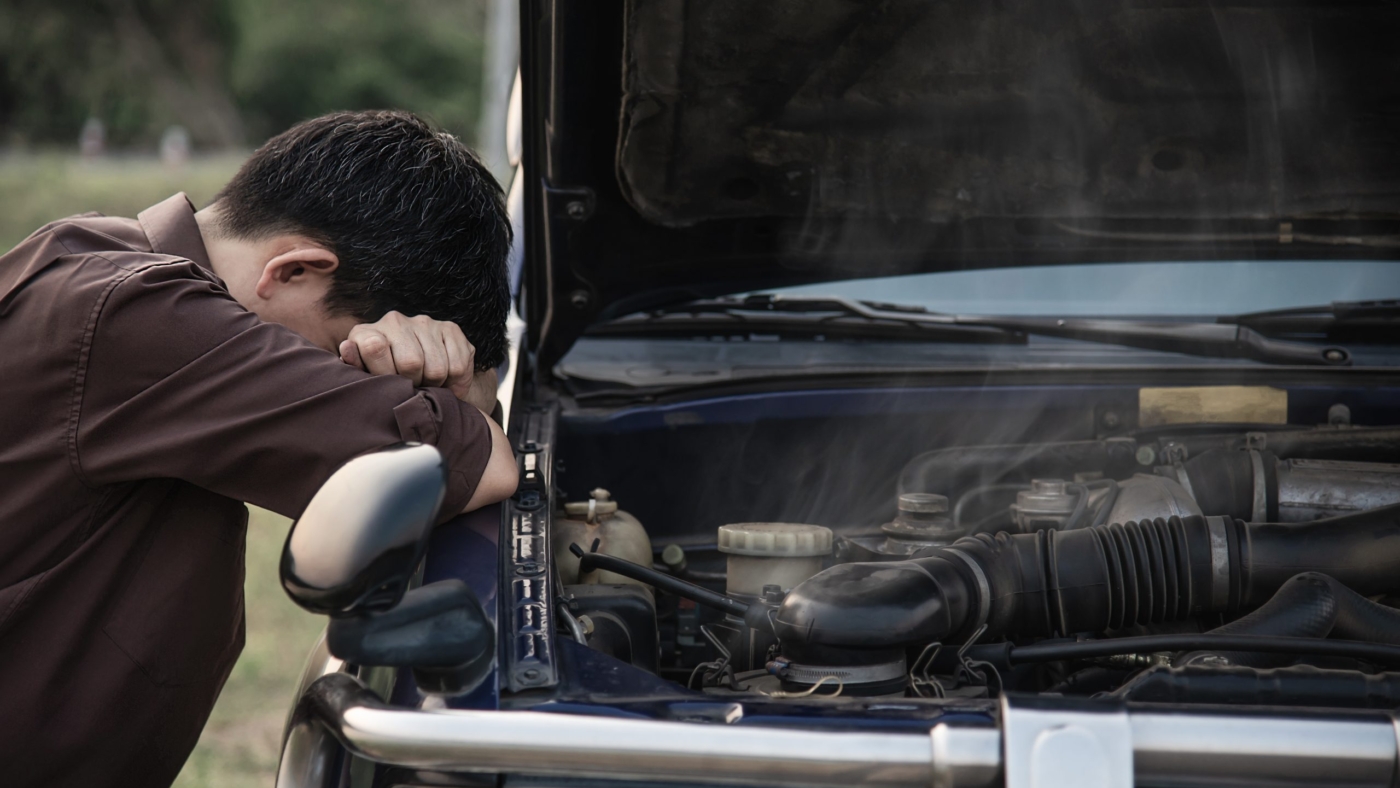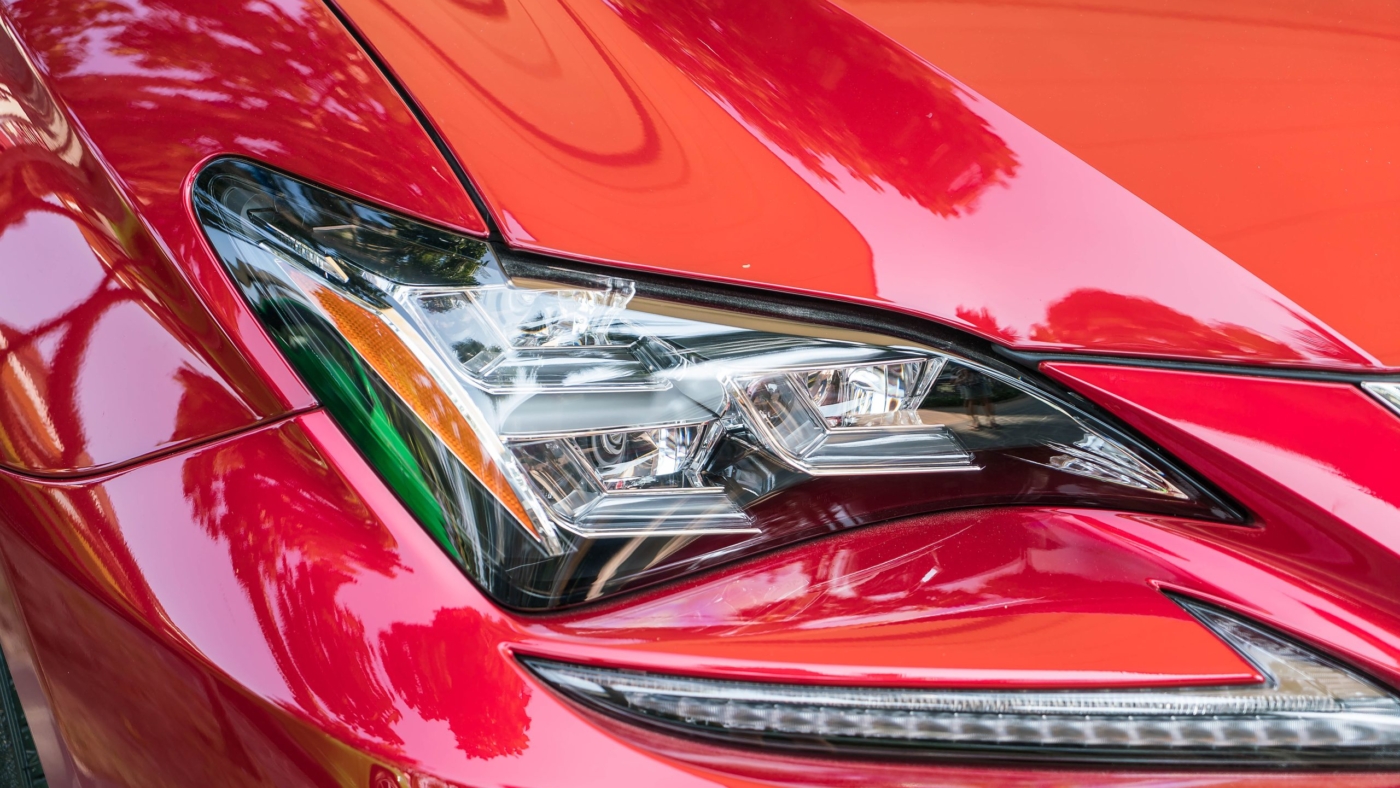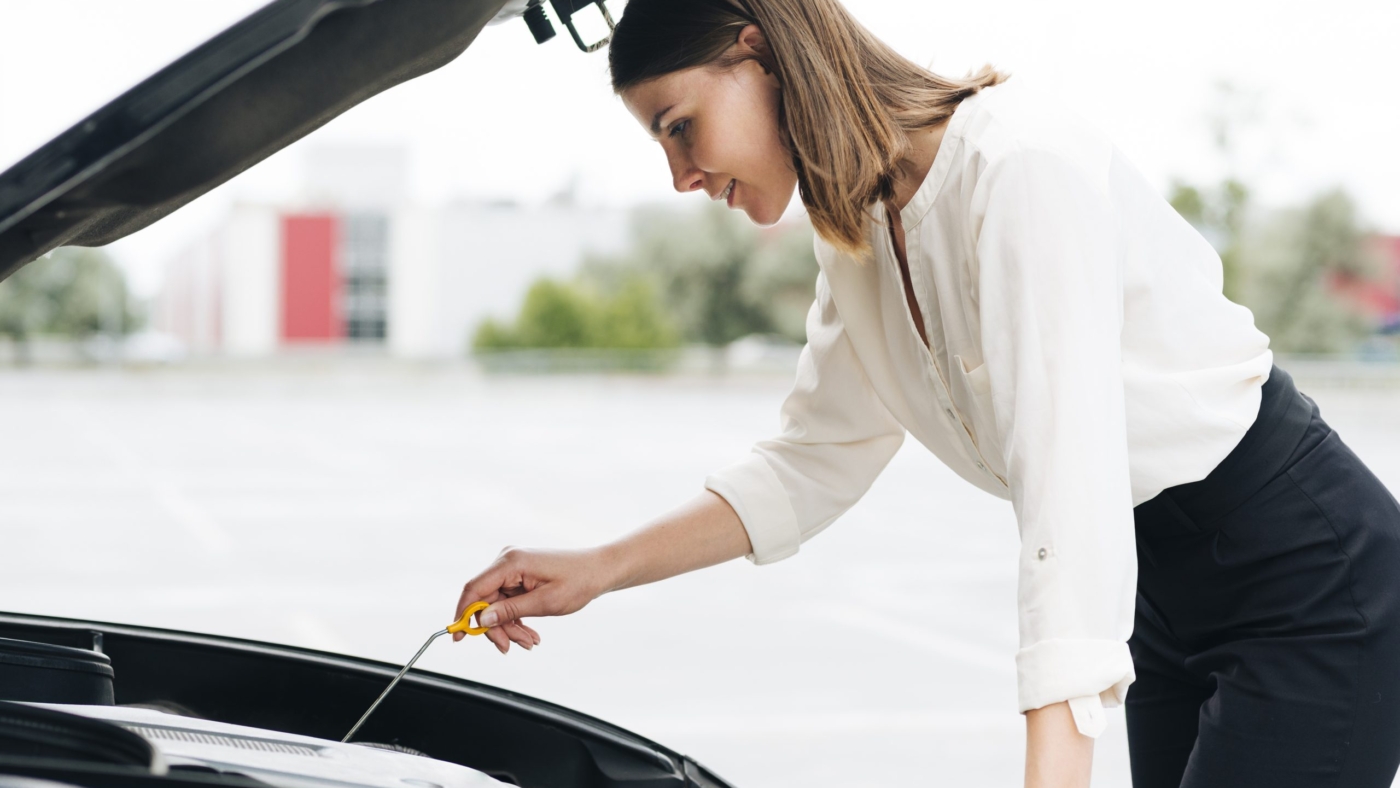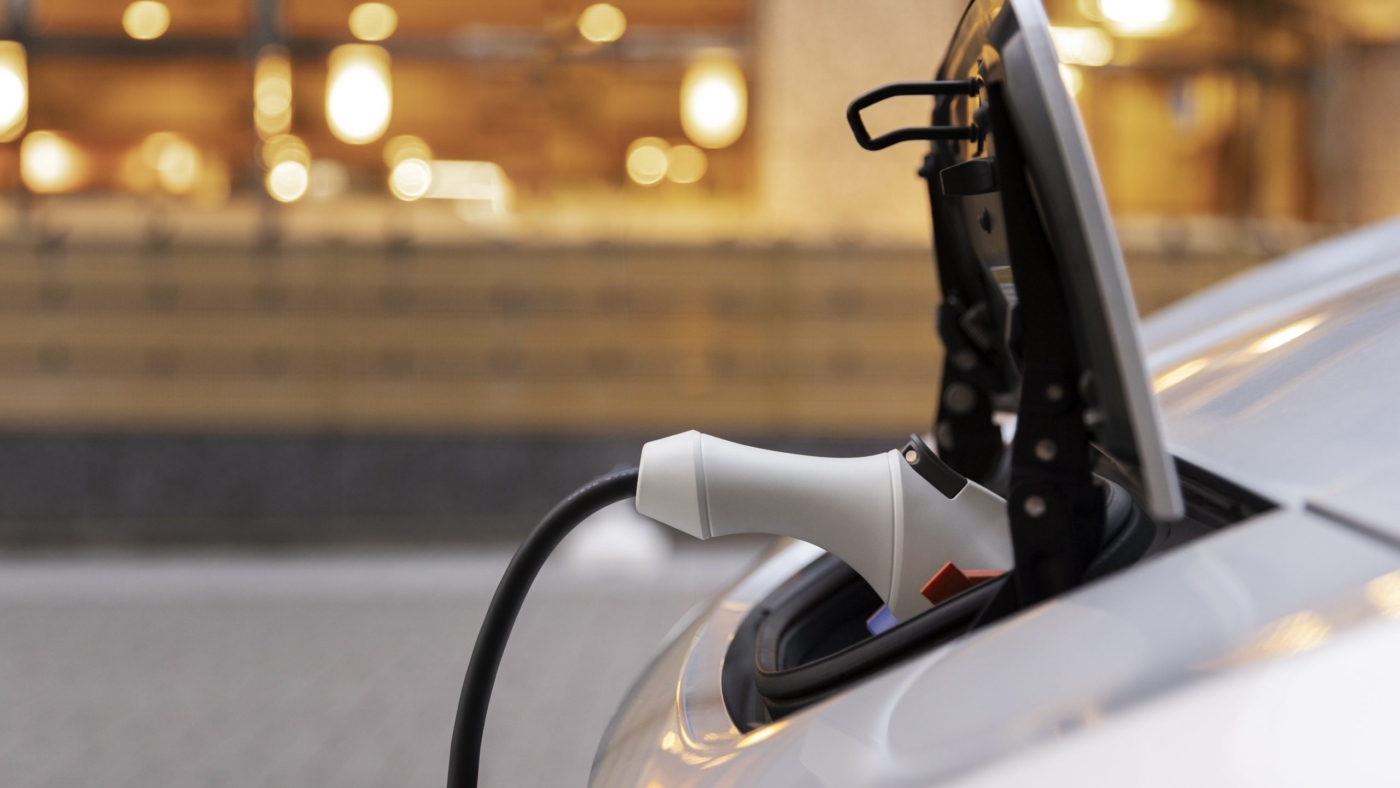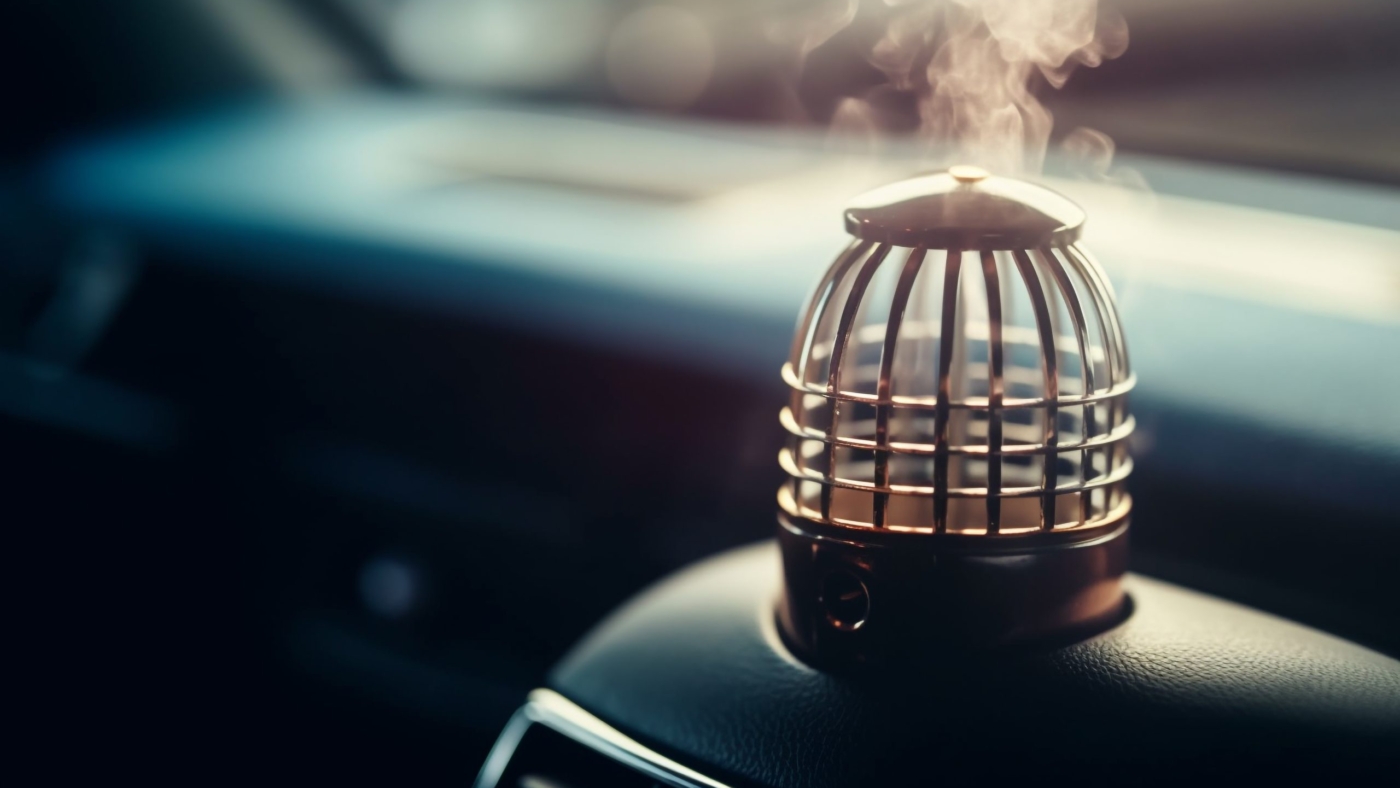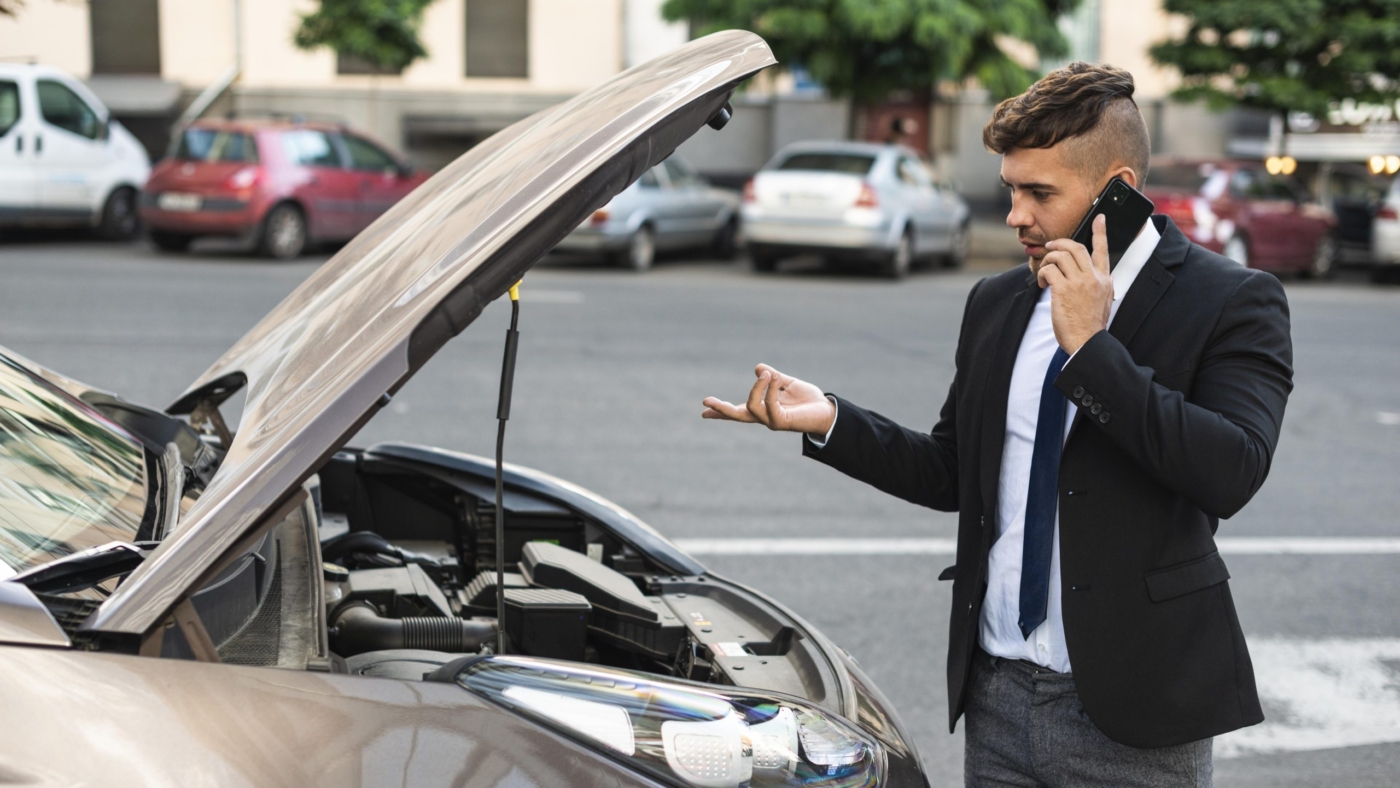You love the feeling of a smooth ride, but keeping your vehicle at that sweet spot between comfort and performance takes more than topping up fuel.
Regular checks, mindful driving habits, and a willingness to listen to the odd clunk or squeak all play their part.
When you need a reference point for what thorough maintenance looks like, browsing the service guides at Peninsula Auto Clinic can be clarifying.
Keeping a vehicle humming isn’t just about avoiding breakdowns; it’s about preserving an investment, maximizing resale value, and protecting every road trip from unwanted surprises.
Regular maintenance builds a complete service history, reassuring prospective buyers while helping you negotiate a higher price when it’s time to trade up or sell.
Older drivers schedule service instinctively, yet younger owners often postpone repairs; bridging that education gap means longer-lasting cars and fewer costly roadside emergencies.
Oil, fluids, tires, and brakes fail slowly, giving early warning signs; acting now extends component life, saves money, and keeps daily commutes stress-free.
Engine oil is your car’s lifeblood, reducing friction, cooling moving parts, and trapping contaminants that would otherwise grind sensitive metal surfaces into premature failure.
Know your interval. Modern synthetics stretch changes to 7,500 miles, but short trips, towing, or extreme temperatures can demand shorter cycles for healthy lubrication.
Choose correct viscosity. The owner’s manual specifies weight for ambient temperatures; deviating invites cold-start wear or hot-weather thinning that starves bearings.
Swap the filter. Every oil change needs a fresh filter; trapped debris restricts flow and forces the bypass valve to circulate unfiltered oil through the engine.
Inspect for leaks. A quick flashlight scan around the pan, plug, and valve cover catches seepage before it becomes a driveway-staining, engine-starving drip.
Log each service. Written records or a tracking app verify diligent care, underpinning warranty claims and lifting resale confidence for the next owner.
Consult reliable resources, such as Casey Automotive’s comprehensive guide, to match products and intervals to your specific driving habits and climate demands.
Tires are the only contact points between metal and pavement; nurturing them rewards you with shorter stops, crisper handling, and fuel savings every mile driven.
Maintain proper pressure. Check monthly with a quality gauge when tires are cold; under-inflation overheats sidewalls, while over-inflation reduces tread contact and grip.
Rotate consistently. Moving tires front-to-back every 5,000 miles evens wear, extends tread life, and preserves the quiet ride you enjoyed on day one.
Monitor tread depth. Use a quarter or tread gauge; replace before 4/32-inch to guarantee wet-weather traction and hydroplaning resistance during surprise downpours.
Inspect sidewalls. Bulges, cuts, or weather-cracking signal internal damage or aging rubber and necessitate immediate replacement to avoid high-speed blowouts.
Align and balance. Steering pull or vibrations hint at misalignment or imbalance; correcting them restores stability and spares suspension components from extra strain.
For deeper technical advice, Michelin’s tire care hub breaks down seasonal adjustments and specialized EV considerations.
Reliable stopping power transforms spirited drives into safe arrivals; therefore, listening, feeling, and inspecting brake components should be habitual—not an emergency reaction.
Squeals often originate from built-in wear indicators scraping rotors, alerting you that pad material is disappearing and attention is urgently required.
A low or spongy pedal indicates air intrusion or fluid degradation; bleeding or flushing restores hydraulic integrity and immediate response under pressure.
An annual check of pads, rotors, calipers, and hoses, like those outlined by Sullivan’s Auto Service, uncovers hidden issues before they jeopardize your safety.
Beyond oil, six additional fluids silently support steering, cooling, shifting, and visibility; quick hood-up inspections keep systems performing at factory-fresh levels.
Coolant strength matters. Use a hydrometer to verify freeze-point protection, and top off with the correct premix to prevent internal corrosion and overheating.
Transmission fluid. Smooth shifts depend on clean, odor-free fluid; burnt smells or dark color signal oxidation and the need for service.
Power steering fluid. Low levels create whines and stiff wheels; topping up early can save the pump from starved-bearing failure.
Brake fluid. Hygroscopic nature absorbs moisture; replace every two years to maintain high boiling points and crisp pedal feel.
Windshield washer. A full reservoir ensures clear vision, while dedicated winter mixes resist freezing and icing of spray nozzles.
A complete guide from Auffenberg Automotive details manufacturer-specific specifications, helping you avoid mixing incompatible formulations that could compromise performance.
Today’s electronics tax even robust batteries; understanding chemistry and performing preventative care ensures reliable cranking on frosty mornings and blazing afternoons alike.
A fully charged lead-acid battery reads 12.6 volts at rest; anything below 12.4 invites sulfation, shortening lifespan and reducing reserve capacity.
Corrosion acts like a resistor; a nylon brush, baking-soda solution, and dielectric grease restore low-resistance pathways for starter-motor amperage.
Maintainers apply microprocessor-controlled pulses, preventing overcharge while combating sulfation, extending service life beyond traditionally expected replacement intervals.
Seeing and being seen is the cornerstone of defensive driving; stay proactive by addressing glass, lighting, and mirrors before poor conditions magnify minor flaws.
Weekly cleanings remove film and bugs; pair with biannual wiper replacement to eliminate smears that scatter headlight beams at night or during storms.
Oxidized lenses scatter light and reduce range; restore with polishing kits or replacements so nighttime illumination reaches hazards with factory-rated intensity.
Set side mirrors 15 degrees outward to eliminate overlap with rearview reflections, minimizing blind spots and reducing the need for neck-straining lane checks.
Regular washing isn’t vanity; it’s a protective strategy removing corrosive contaminants while preserving paint, trim, and underbody components from rust and oxidation.
Adopt a schedule. Weekly hand washes or touch-free bays prevent brake dust, road salt, and bug acids from etching clearcoat and chrome surfaces.
Two-bucket method. One for suds, one for rinse, paired with a grit guard, stops abrasive particles from returning to the mitt and swirling paint.
Seal with wax. Synthetic sealants or ceramic coatings create sacrificial layers, enhancing gloss while repelling water, dirt, and UV-induced fading.
Don’t forget wheels. Dedicated wheel cleaner breaks down iron deposits, maintaining luster and preventing stubborn pitting on alloy spokes.
Protect the undercarriage. Seasonal under-sprays flush away salt and mud, delaying rust on brake lines, exhaust, and subframes for years.
A professional detailer, such as Official California Detailing, offers paint-correcting services when at-home care no longer revives neglected finishes.
Your cabin is a daily living space; regular interior care protects fabrics, electronics, and air quality, turning every commute into a pleasant personal retreat.
Weekly sessions remove abrasive grit that wears carpet fibers and scratches plastic trim, preserving a fresh look and preventing lingering odors.
UV-blocking cleaners keep leather supple and vinyl crack-free, while matte-finish protectants reduce windshield glare caused by overly shiny dressings.
Replacing cabin air filters annually captures pollen, soot, and mold spores, delivering cleaner breaths and protecting the HVAC blower from particulate buildup.
Technology elevates maintenance awareness and driving safety; leveraging modern apps, sensors, and analytics turns routine trips into data-rich opportunities for improvement.
Plug-in OBD devices track fuel usage, harsh events, and diagnostic codes, emailing alerts that help you address small problems before they escalate.
Video systems like SmartDrive capture incidents, exonerate responsible drivers, and identify coaching opportunities that reduce risky behaviors across personal and fleet vehicles.
Mobile platforms connect drivers with vetted technicians who perform oil changes or detailing in your driveway, blending convenience with professional-grade workmanship.
Keep observing, logging, and reacting to your car’s subtle signals; small corrections today avert major downtime tomorrow.


